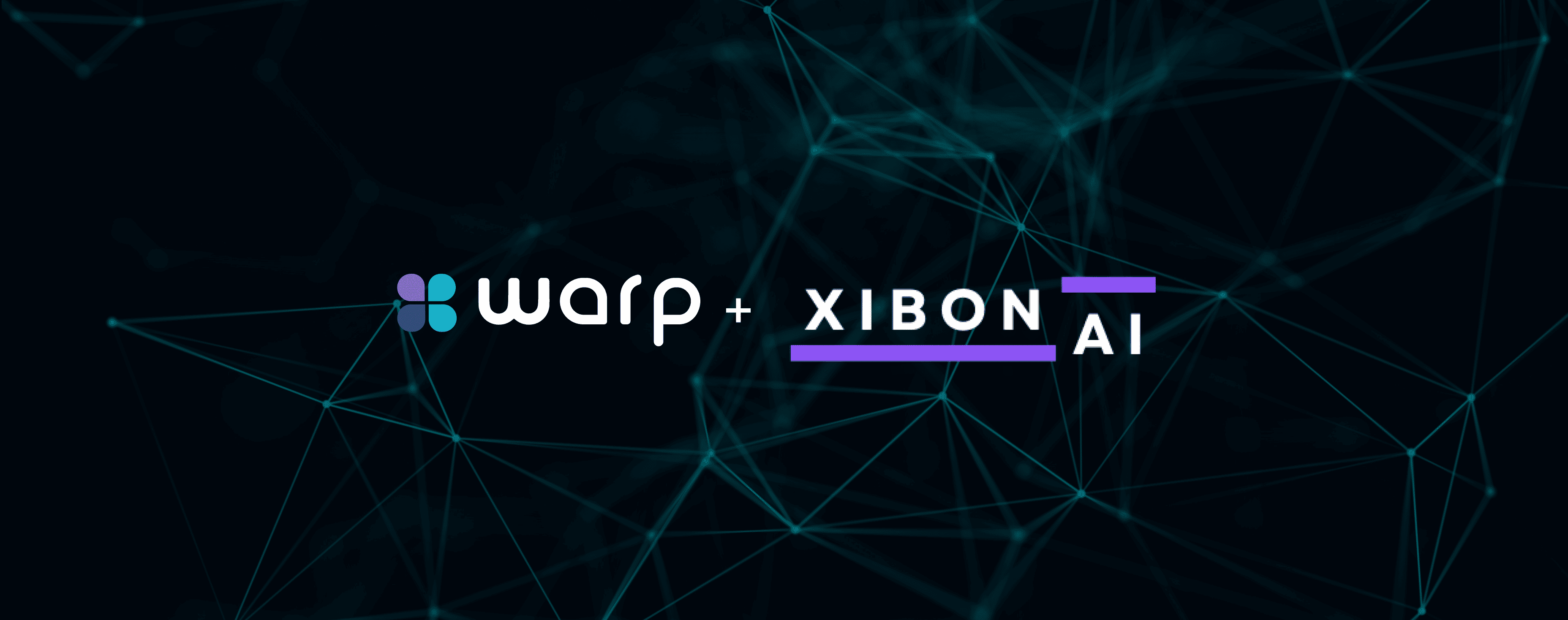We’ve listened closely to our clients, and we hear you. The anxiety surrounding AI and data privacy is real, and your concerns are valid. Time and time again, businesses and individuals have shared their apprehensions about how AI technologies might impact their personal and professional data security.
When we talk about artificial intelligence, data privacy isn’t about fear but understanding and empowerment. While many organisations already leverage AI and machine learning technologies, many still feel uncertain.
The challenges are nuanced. With many businesses expressing security concerns and others carefully considering ethical implications, the path to AI integration clearly requires careful navigation.
But here’s what we want you to know: The real power lies in transformation and turning apprehension into understanding. By staying informed, implementing rigorous privacy protocols, and maintaining a transparent approach, we can work together to harness AI’s potential while protecting individual privacy.
Warp Development’s APAC Director, Mike, recently sat down with Gaurav, our Head of AI, on his podcast How To Be Moderately Successful to discuss all things AI. This article will also highlight key insights from their conversation, and you can listen to the full episode for the complete discussion here.
Understanding AI Data Collection and Privacy Risks
Your business data faces new challenges with AI systems that go beyond standard data protection needs. The scale tells a compelling story; AI training data has doubled every nine to ten months since 2010, creating fresh privacy concerns for your organisation.
How AI systems gather personal information
AI tools collect data through multiple touchpoints in daily operations. Web scraping pulls information from online sources, while IoT devices and sensors continuously monitor activities. Your business systems, from user interactions to corporate databases and APIs, feed data into these AI systems. Yet, most users remain unaware of the extensive data gathering that happens behind the scenes.
The scale of data collection in modern AI
Modern AI’s appetite for data exceeds anything we’ve seen before. Large language models showcase this growth, tripling their size yearly since 2010. This massive scale affects your business directly, especially when handling sensitive data like customer health records or financial information.
Why AI privacy differs from traditional data privacy
AI systems create unique privacy challenges your business needs to understand, not fear. These tools don’t just store information – they create new insights about people through pattern analysis, even without collecting direct data. Your customer data might reveal more than intended as AI systems find connections beyond the original purpose.
Data doesn’t simply disappear in AI systems. Unlike traditional databases, where records can be easily deleted, AI models might keep traces of information indefinitely, sometimes using it in ways not covered by initial agreements.
Security is becoming increasingly complex. Managing a system with extensive code and numerous external connections is the reality of modern AI tools. Your data often travels between system parts and external vendors, creating more points where security could fail.
Your business needs stronger safeguards to handle these challenges. Start with clear rules about how long you keep data, collect only what you need, and give users control over their information. Keep your AI operations in secure, contained environments to protect sensitive data.
Gaurav addresses one of the biggest misconceptions about AI and data privacy, aiming to relieve your anxiety:
“I think there’s massive concerns about data privacy and security. It’s like businesses want to play around with AI solutions and actually see how AI matters to them. But they are actually terrified that they’re going to kind of… send out their data to some third party models and what happens if there’s sensitive data that gets leaked or hacked.”
He then offers a reassuring perspective:
“But I think that’s where this is definitely a misconception because there are ways you can use cloud-based solutions where your enterprise data is ringfenced within your cloud instance and protected.”
Significant Privacy Vulnerabilities in AI Systems
Your AI systems might expose sensitive business data through three key vulnerabilities. Understanding these risks helps protect your organisation’s valuable information as AI tools become essential to daily operations.
Data leakage through model outputs
AI models sometimes reveal confidential information without warning. For example, your AI system accidentally remembers parts of its training data and shares these details in its responses. Even when the system doesn’t keep exact copies, it might piece together sensitive information from related data points, putting your private information at risk.
Unauthorised access to training data
The valuable data stored in AI models attracts unwanted attention. Think of your training data as a vault of sensitive business information that needs robust protection from malicious actors. Hackers often try clever tricks like prompt injection attacks, which mask harmful commands as normal requests to steal your data.
Inference attacks that reveal sensitive information
Smart attackers use sophisticated methods called model inversion and membership inference attacks. These techniques let them rebuild your original dataset from the AI system’s outputs. For example, healthcare organisations face risks where attackers could discover patient visit histories at specific hospitals.
Your business needs strong protective measures to guard against these threats:
- Keep your data encrypted, whether it’s moving or stored
- Track every interaction with your AI systems
- Control who can access your sensitive information
Remember, technical solutions alone won’t solve these problems. AI systems blur traditional lines between program code and data, creating new security challenges. Your protection strategy needs both strong technical safeguards and clear organisational rules.
Practical Steps to Protect Your Data from AI Systems
Smart data protection needs clear action steps in the age of AI. Your business success depends on keeping sensitive information safe while maximising AI capabilities.
Managing your digital footprint
Start with a complete audit of your business data trail. Map every touchpoint where your organisation shares identifiable information. Make this protection routine: update privacy settings on your digital platforms regularly and secure sensitive accounts with two-factor authentication.
Using privacy-enhancing technologies
Your business can benefit from powerful Privacy-enhancing technologies (PETs) that protect data without sacrificing analysis capabilities. Essential tools include:
- Homomorphic encryption: Process encrypted data safely
- Secure multiparty computation: Share insights without exposing source data
- Federated learning: Train AI models while data stays local
- Differential privacy: Shield individual records with precise data masking
Understanding privacy policies before using AI tools
Smart AI adoption starts with a careful policy review. Look for clear answers to the following:
- What data does the tool collect and why
- How long your information stays stored
- Who else sees your data
- Your control over your information
Choose AI solutions with protected environments for sensitive business data. Keep your data footprint small – collect only what serves your business purpose.
Gaurav dispels another common misconception about AI here:
“The second one is that AI solutions are very expensive, and this definitely relates more to your SMB market because there is this kind of misconception that only the big firms, the larger firms with 1000 plus employees, can actually afford AI solutions right now. And that’s just not true because AI is like any other solution that you’d use to optimise or do something in your business.”
Smart businesses see past data privacy worries to unlock AI’s real potential. Modern solutions put security first – your sensitive data stays protected in secure cloud environments while AI tools boost your productivity. Small and medium businesses win big here: practical AI tools automate daily tasks without breaking the bank.
Gaurav lists several practical applications of AI for businesses:
“Number one, many businesses rely on a ton of research. So, you’re doing a lot of research based on for a manufacturing firm, which might be about machines and parts and things like that. For a consulting firm, it would be just your normal service-based consulting, market research, etc. And all of that can be automated.”
“Second one, a lot of people will just do all sorts of invoicing and billing and just tedious tasks that take up a long time. And these are tasks that are very repeatable and low value.”
“And funny enough, I think from SMBs, I’ve also seen this is something I did not even think was an issue, but one thing I’ve seen is just inbox management.”
Success starts with spotting quick wins for your business. Look at areas ready for improvement, like streamlining research, handling invoices faster, or keeping valuable knowledge accessible. Quality data matters, too. Build your information base carefully in secure spaces to get results that count.
Gaurav emphasises the critical role of data quality in AI implementation:
“AI and how good the AI solutions are depend on your data. That’s it. If your data is not good, or if you don’t have any data, then it’ll be hard to build any, I guess, solution for your business that will return high ROI.”
Strong data protection requires your attention every day. Put the steps from this guide into action—watch your digital presence, pick the right privacy tools, and stay alert. Remember this key point: smart setup beats technical complexity in making AI work for you.
Your business deserves a trusted guide through the AI landscape. Contact us here for the human hand you need in an AI-driven world.



